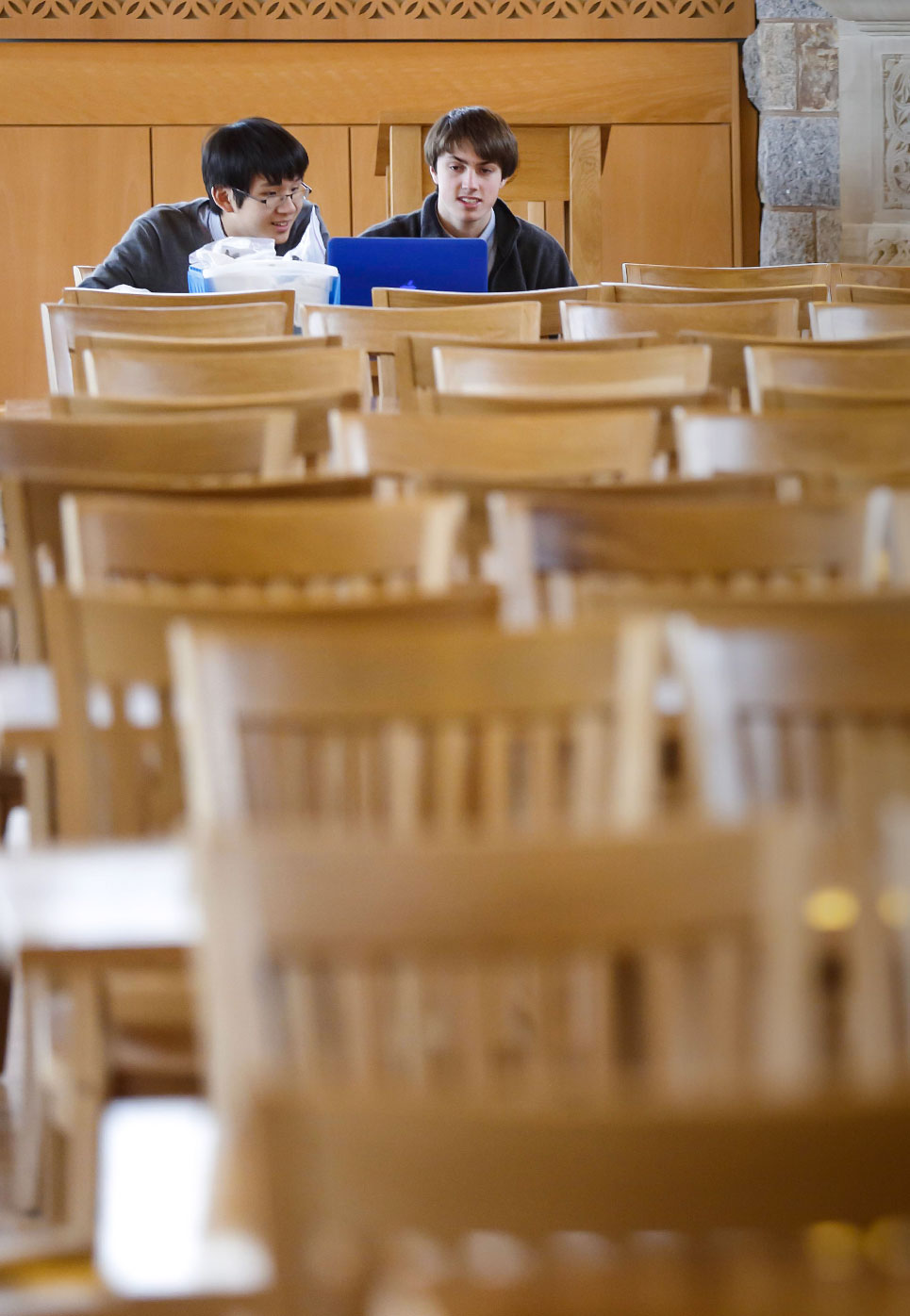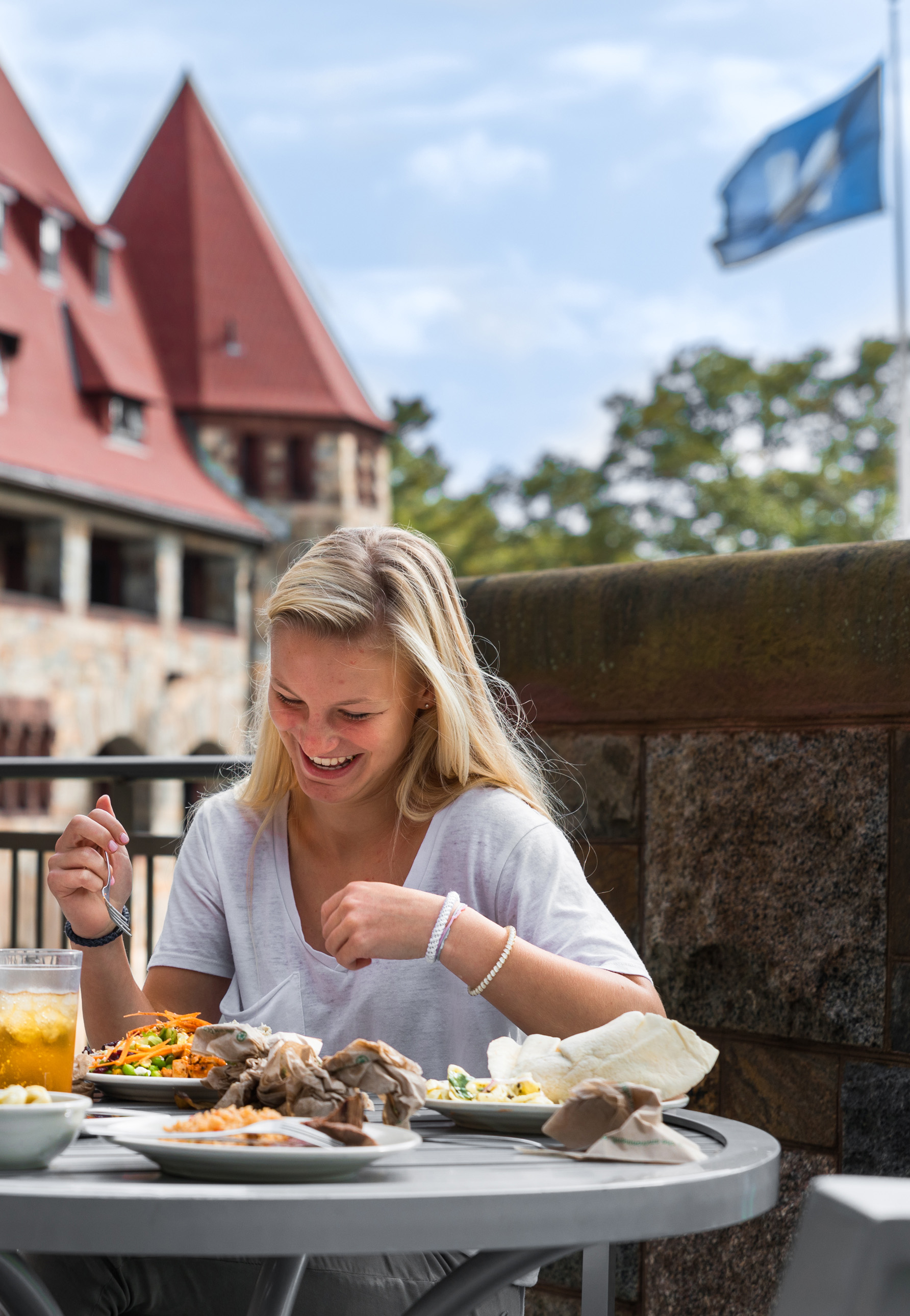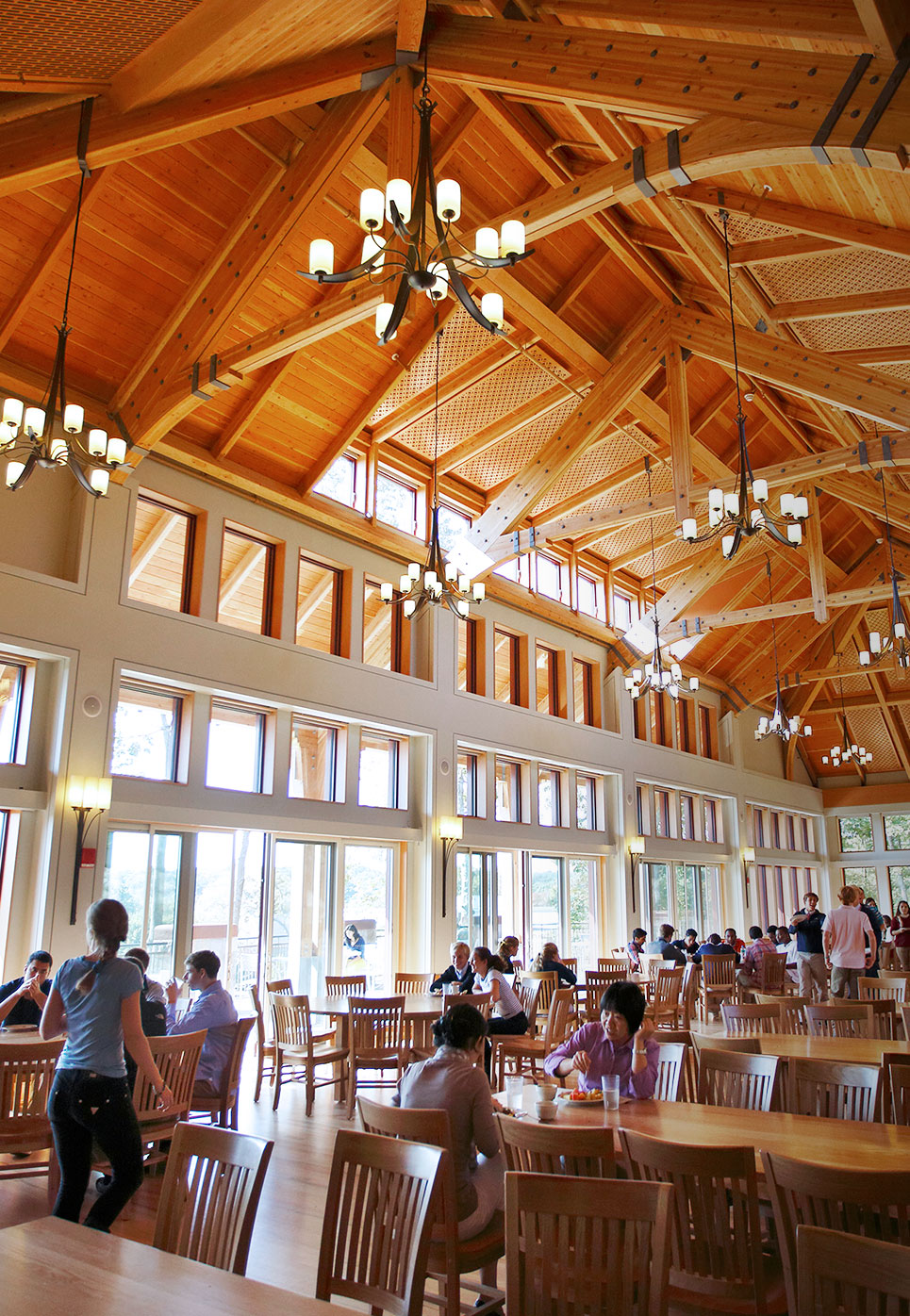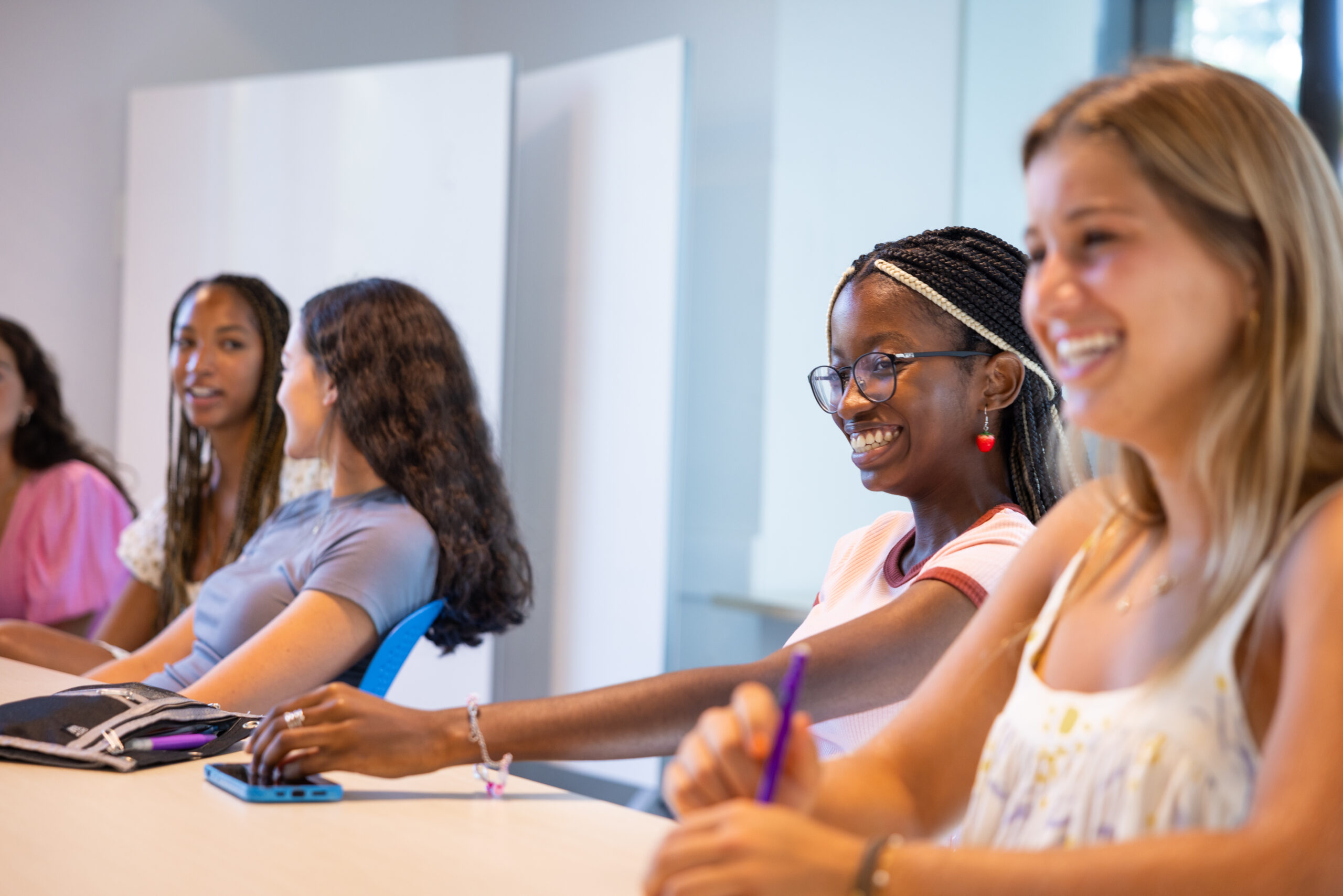In 2019, Nobles’ Director of Counseling and Psychology Jen Hamilton and her team piloted a class called Psychology and the Good Life—”The Happiness Class” has quickly become one of the hallmarks of the Nobles curriculum and is the subject of much praise. Below is an excerpt of the article on LearningWell magazine on this impactful class that allows students to devote time within the academic day to learning about wellbeing.
Can today’s students, having grown up in this fast-paced, digital world, inundated by content capped at 60 seconds, learn to slow down? At The Noble and Greenough School in Dedham, Massachusetts, Jen Hamilton arranged for her high schoolers to try with the help of “savoring stations,” including sweet treats, rich smelling oils, a bucket of water beads and a lava lamp with green and blue floating goo. As the kids drifted between stops, Hamilton asked them to consider the last time they’d savored a meal. “You ever notice that when you’re on your phone, all of a sudden the food is gone?”
Hamilton is the director of counseling at The Noble and Greenough School, or Nobles, a private high school in suburban Boston, and the students are in a course called “Psychology and the Good Life,” which she co-teaches with Dr. LaTasha Sarpy. The class may sound familiar, given it’s a junior version of one by the same name made famous by professor Laurie Santos—the most popular class in the history of Yale University. The savoring stations were Hamilton and Sarpy’s idea but the rest of their curriculum tracks closely to the lectures Santos designed to teach her Ivy League undergraduates “a set of scientifically-validated strategies for living a more satisfying life.” More recently, teachers like Hamilton and Sarpy have set out to find whether this approach can work for high schoolers, many of whom are a mirror image of the Yale students’ younger selves.
Santos is strongly behind the idea. “When we first developed a course at Yale, it went viral on campus, and when we started getting press attention, I kept hearing from parents and educators who said, ‘This is so great that you have a class for college students, but I wish we could get something for students who [are] younger.’ So even when I first taught the class back in 2018, I was already thinking of ways that we could develop this content for younger learners.
Click here to read the full article.





